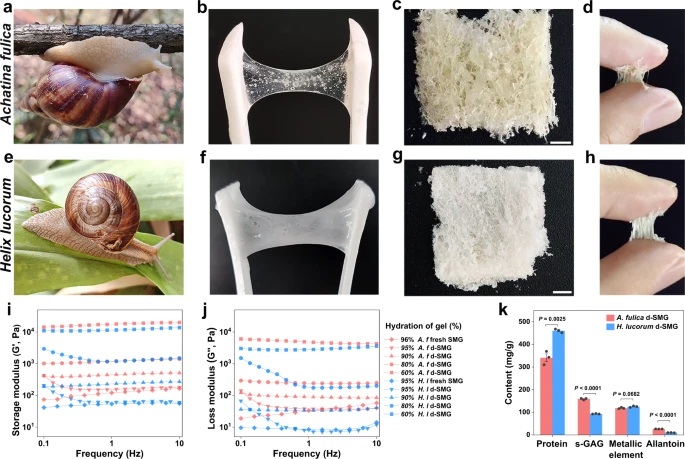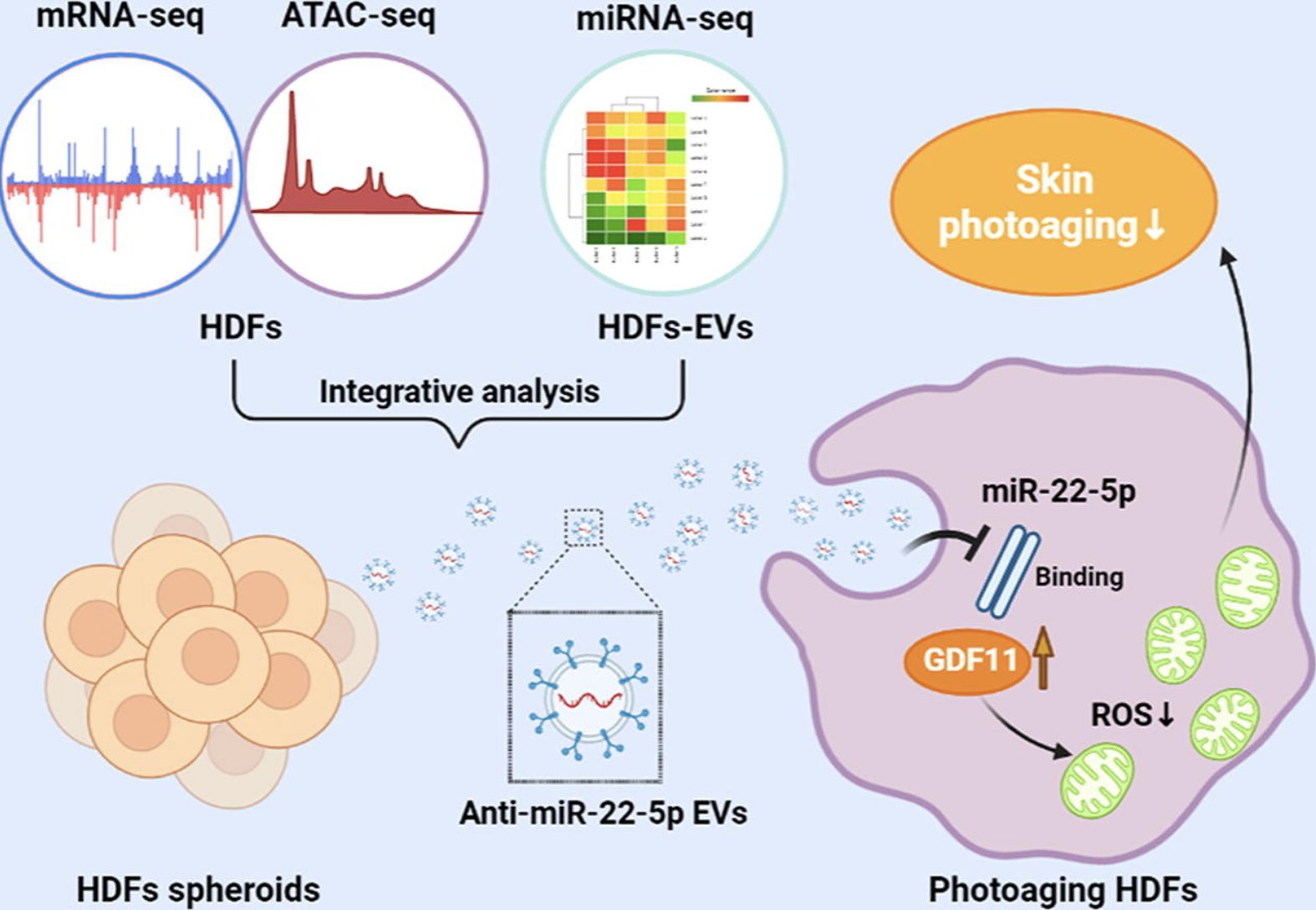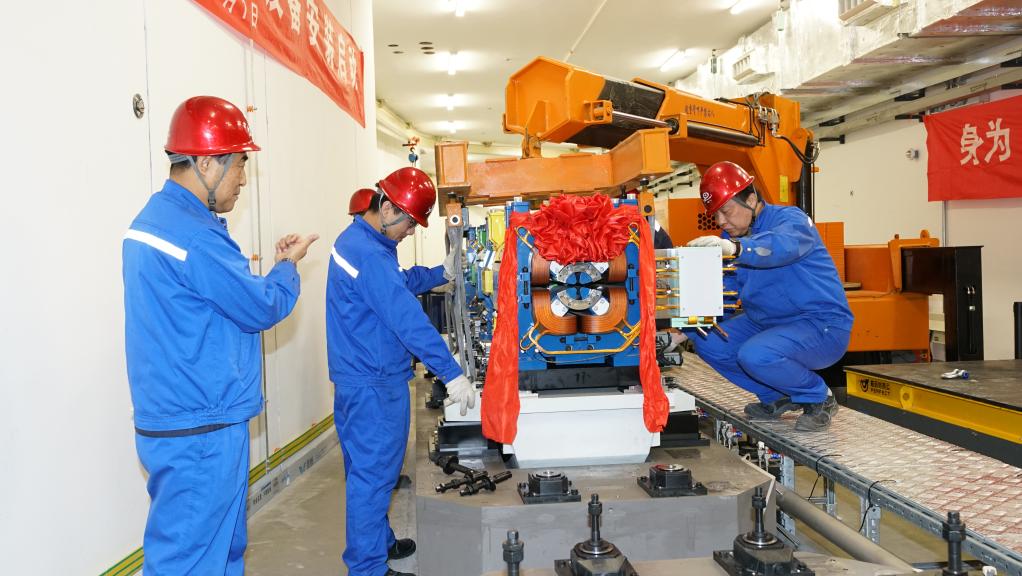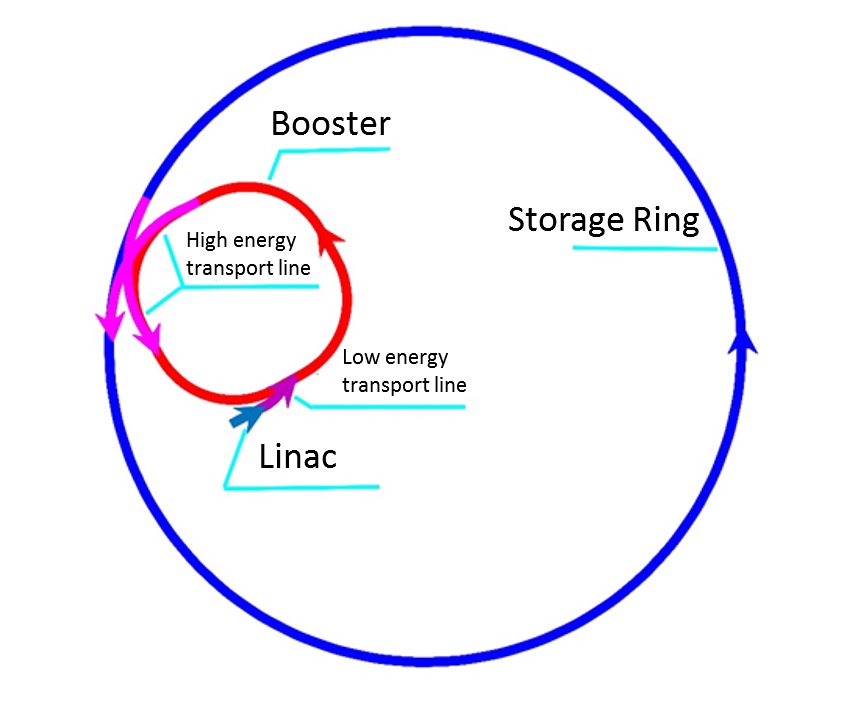Nation persists in driving R&D leading world with 4.21 m valid invention patents
By Global Times Published: Feb 01, 2023 09:33 PM
Innovation Photo: VCG
China has been persistently promoting scientific and technological innovation, which is evidenced by the rising number of valid invention patents and increasing research and development spending.
By the end of 2022, the effective amount of invention patents in China reached 4.21 million, of which 3.28 million were held by inventors from the Chinese mainland, the country's top intellectual property regulator said during a recent press conference.
"China is the first country in the world that embraced more than three million of valid invention patents, of which the ownership of high-value invention patents reached 1.32 million, an increase of 24.2 percent year-on-year, accounting for more than 40 percent of the total volume of invention patents," Hu Wenhui, deputy head of the National Intellectual Property Administration, said on January 16.
The latest report of World Intellectual Property Indicators released by the World Intellectual Property Organization also showed that China has ranked top in the world in terms of the number of valid invention patents, Hu added.
According to the official, China saw more enterprises applying for patents over the past year, demonstrating the growing innovative dynamism across the economy. By the end of 2022, 355,000 Chinese companies had valid invention patents, an increase of 57,000 over the previous year.
The driving force in the growth of China's valid invention patents lies in various fields of digital technology, such as information technology management and computer technology. In 2022, the number of patents granted for inventions in the core industries of China's digital economy was 325,000, an increase of 17.9 percent year-on-year.
In addition, China also saw rapid growth in patents and trademarks granted to foreigners in 2022. The number of valid foreign invention patents in China reached 861,000 by the end of 2022, up 4.5 percent from the previous year, while the number of valid trademarks registered by foreign parties in China reached 2.03 million, up 5.9 percent year-on-year.
The performance of invention patents is directly linked to the country's continuous increase in research and development (R&D) funding.
Data from the National Bureau of Statistics recently showed that in 2022, China's total expenditure on research and development continued to maintain double-digit growth for seven consecutive years, with the total amount exceeding 3 trillion yuan ($444.7 billion) for the first time, up 10.4 percent from 2021.
Research and development funds the intensity of funding investment (the ratio of R&D funding to GDP) increased at a faster pace, reaching 2.55 percent, an increase of 0.12 percentage points, a new record.






